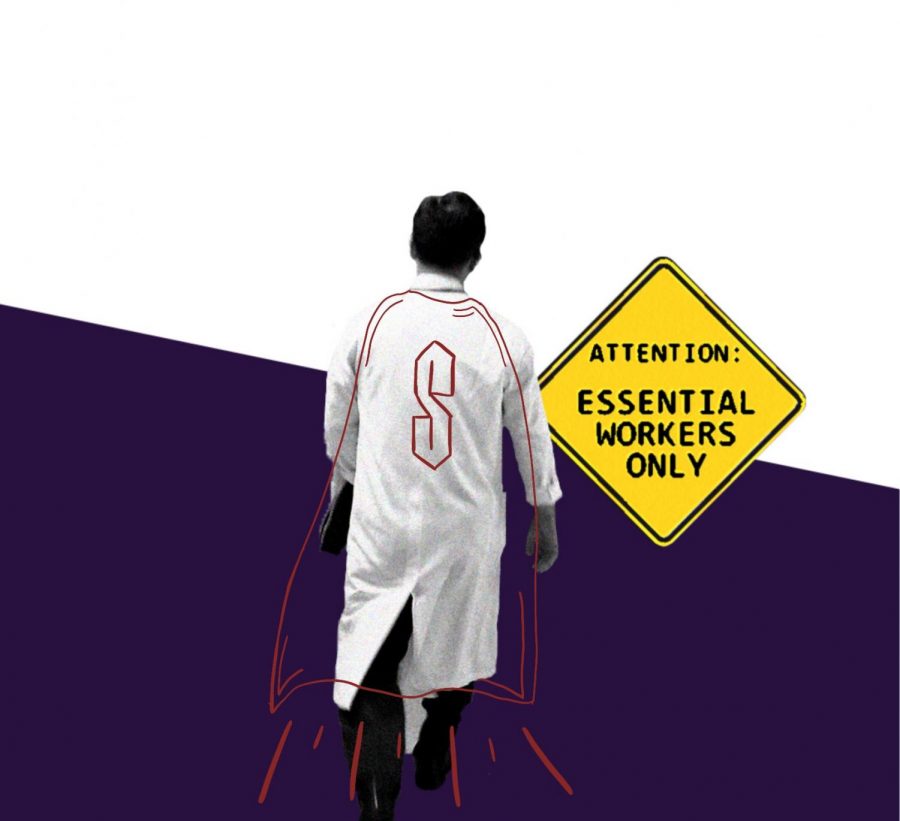What do Bosnia and Herzegovina, Kuwait and New Zealand have in common?
The fact that it’s much safer for women to give birth in these countries than in the United States. According to the World Health Organization, the U.S. maternal mortality ratio in 2006 was 13.3 deaths per 100,000 live births. This ranks the U.S. 41st in the world in lifetime risk of maternal death. Back in 1987, the ratio was 6.6 deaths per 100,000 live births.
A goal was set in 1998 that in 2010, maternal deaths would be reduced to 4.3 deaths. Only five states achieved this goal: Indiana, Maine, Massachusetts, Minnesota and Vermont. Maternal care is not uniform across all 50 states. In Georgia it is 20.5 and in Washington, D.C it is 34.9. This is almost 30 times higher than the state of Maine.
Why are the rates so high, and why have they been increasing over the past 20 years?
One reason is a variable quality of care among states in the union. The U.S. has no nationally implemented guidelines for maternal health care, and improving care could prevent up to half of maternal deaths. This is because many women are dying from complications such as hemorrhaging, blood clots, infections and eclampsia, seizures that occur during the birthing process. These are not new complications. These are problems that the medical profession knows how to fix and how to monitor during the labor.
The risk for these complications increases with the use of Caesarian sections. C-sections are performed in almost a third of all deliveries in the U.S. and this is more than twice the recommendation of the World Health Organization. C-sections are also performed on women who don’t necessarily need them, needlessly increasing their risk for death and complications.
The scariest aspect to this is that there are no federal requirements to report maternal deaths, and authorities concede that the number of deaths could be twice as high as the statistic presented. Reporting of pregnancy-related deaths as a distinct category is mandatory in only six states.
With so many students at Saint Louis University studying medicine and the health sciences, I would hope that this is a problem in the health system that we won’t stand for. I would hope that we wouldn’t want to practice medicine or to admit our loved ones into a system with such an egregious shortcoming. I would hope that we would want to be part of the solution.
So what can we do? One thing is to go to http://www.amnestyusa.org/dignity/petition.php. This is a link to a letter addressed to Kathleen Sebelius, U.S. Secretary of Health and Human Services. This letter is to urge her and President Barack Obama to establish an Office of Maternal Health within the Department of Health and Human Services that would perform comprehensive data collection on maternal deaths and complications, ensure access to pre-natal and post-natal care, and recommend legislative changes to ensure that all women receive quality maternal care.
People can also go to their state health departments and petition to improve maternal health data collection and review, such as mandating the reporting of maternal deaths and establishing a maternal mortality review board. Go to http://www.cdc.gov/mmwr/international/relres.htm in order to find the contact information of your state health department.
Another thing we can do to make our family, friends and colleagues aware: Read “Deadly Delivery” and encourage others to read it as well. Journalists are imprisoned all over the world in order to threaten silence into them and others. Television personalities ranging from Glenn Beck to Oprah to Larry King to Keith Olbermann are well known because they talk. Never underestimate the power of talking and opening up dialogue.














